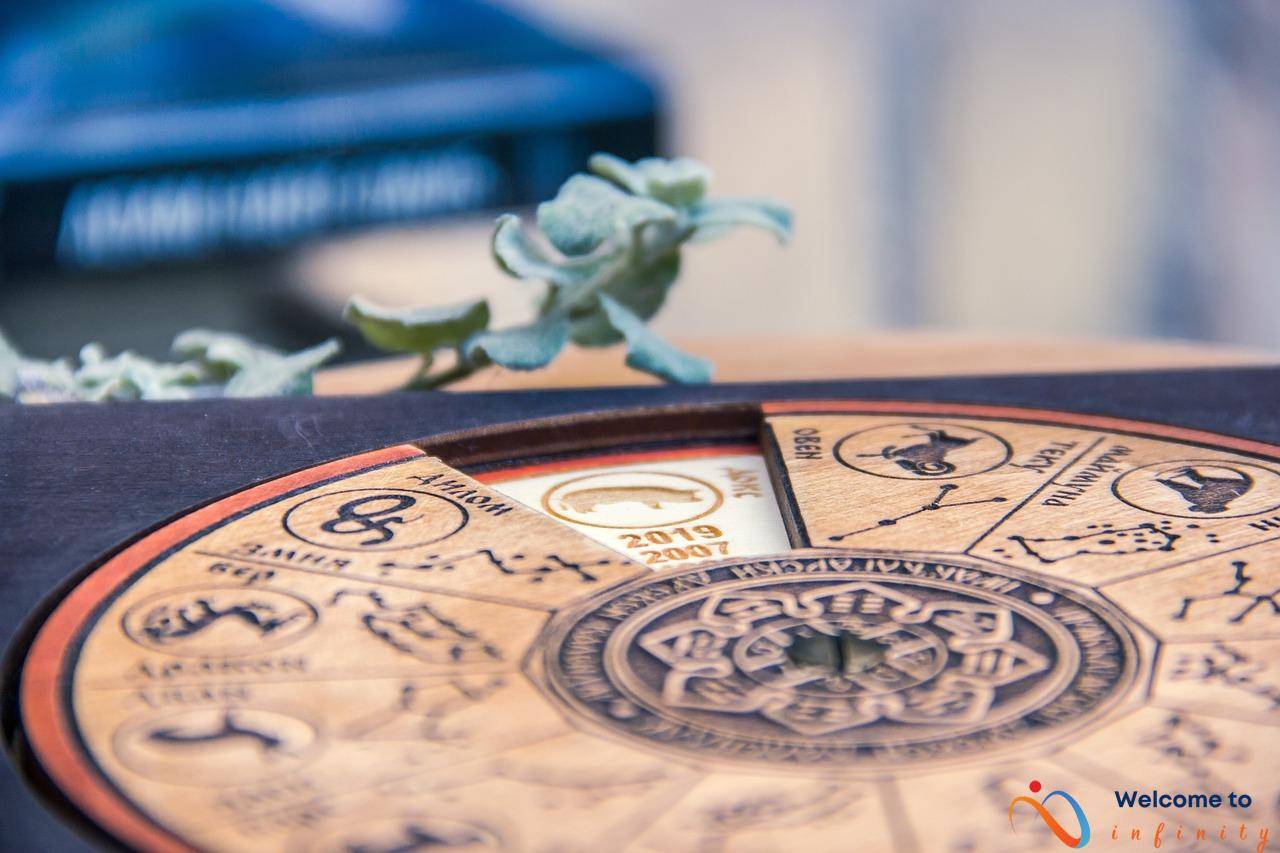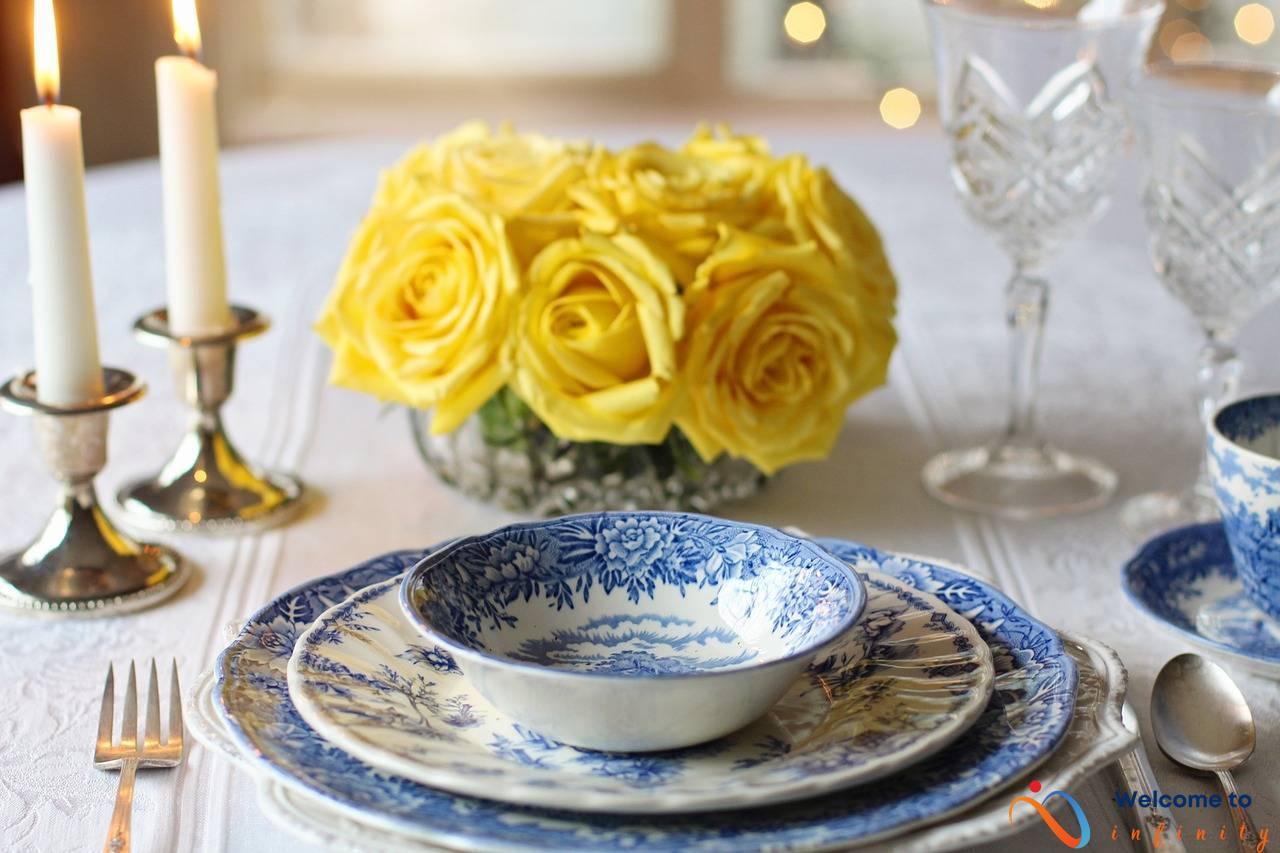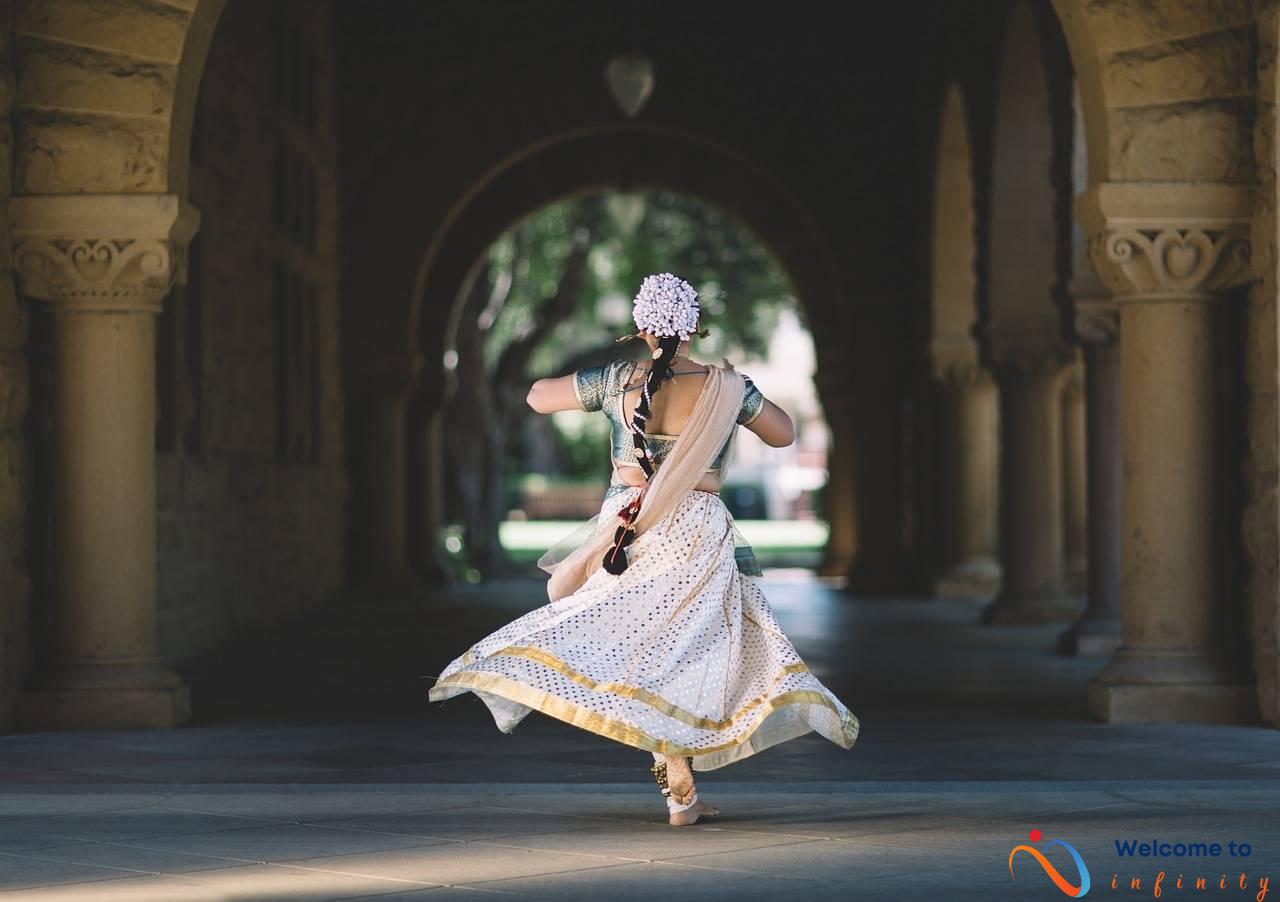Artistic styles have evolved and changed throughout history, reflecting the society and culture of their time. In this article, we will explore the differences between traditional and contemporary art and how they reflect these changes.
Traditional art is characterized by a focus on specific techniques and materials. It often depicts religious, historical, and mythological subject matter. Traditional art has been shaped by long-established artistic conventions and is rooted in cultural values that have endured for centuries.
Contemporary art, on the other hand, embraces experimentation and a wide range of materials. It reflects the diversity of our modern world and often focuses on everyday life, popular culture, and social commentary. Contemporary artists are not bound by the same strict conventions as their traditional counterparts and are free to explore new mediums and techniques.
The differences between these two styles of art reflect changes in society and culture. Traditional art reflects a time when religion and myth played a central role in people's lives. In contrast, contemporary art reflects our secular, globalized society, with its emphasis on technology and social media.
As we delve deeper into this topic, we will examine the specific techniques and materials used in traditional and contemporary art, and how advancements in technology have influenced the subject matter and techniques of contemporary art. We will also consider how different audiences perceive traditional and contemporary art, and how changing cultural values have impacted their reception.
Artistic Techniques and Materials
Artistic techniques and materials are two crucial elements that distinguish traditional and contemporary art styles. Traditional art forms are known for their strict adherence to specific techniques and materials, often passed down through generations of artists. For instance, traditional oil painting is created by layering paint onto a canvas using specific brushstrokes, while traditional sculpture involves carving and shaping a specific material, such as marble or stone.
On the other hand, contemporary art emphasizes experimentation and the use of a wide range of materials. Contemporary artists have embraced the use of unconventional materials like recycled materials, plastics, and electronics in their works of art. For example, Banksy, the famous graffiti artist, uses stencils and spray paints to depict socio-political issues in a unique and contemporary style.
The major difference lies in the fact that traditional artists tend to follow specific techniques and materials, while contemporary artists tend to innovate, experiment, and explore unconventional approaches. Nowadays, contemporary art is becoming more popular because, unlike traditional art forms, it isn't limited by rules and conventions. Therefore, artists enjoy more freedom to express themselves.
- Traditional artists are restricted to techniques that have been passed down through the generations, while contemporary artists are free to use any technique that suits their creative vision.
- Contemporary artists also have more freedom to choose from a wide range of materials. For instance, contemporary sculpture artists make use of unconventional materials such as plastics, fibers, and recycled materials, which would not have been considered in traditional art.
Moreover, the advancement of technology has brought significant changes to the artistic techniques and materials used in contemporary art. Digital art is a prime example of how technology has changed the art landscape. With the advent of digital technology, artists have a wide range of tools to create art. They can create art on computers, tablets, or even smartphones.
In conclusion, traditional and contemporary art styles are profoundly different in terms of techniques, materials, and the level of experimentation. It's important to note that both styles have their unique advantages, and each deserves appreciation for what it is.
Subject Matter
Art has always been a reflection of society and culture. Traditional art is known for its focus on religious, historical, and mythological subject matter. The subject matter of traditional art often served as a way to communicate important ideas and beliefs to the people of that time. On the other hand, contemporary art has shifted its focus to everyday life, popular culture, and social commentary.
Contemporary art explores a wider range of topics that are relevant to modern society. Many contemporary artists use their artwork as a way to comment on social and political issues, with some creating art that is specifically meant to promote change. In contrast, traditional art depicted stories from the past or religious themes that were relevant to the culture of that time.
Another difference between traditional and contemporary art is the way artists approach their subject matter. Traditional artists were skilled in specific techniques, such as oil painting or sculpture, and usually had a formal education in art. Contemporary artists, on the other hand, often embrace experimentation and use a wide range of materials, including digital tools, to create their artwork. Digital art, for example, is a type of contemporary art that utilizes technology to create unique pieces.
- Traditional art focuses on:
- Religious themes
- Historical events
- Mythological stories
- Contemporary art focuses on:
- Everyday life
- Popular culture
- Social commentary
Overall, while traditional art has its own timeless beauty and charm, contemporary art reflects the modern world and our changing values. Through exploring different subject matter and using innovative techniques, artists continue to push the boundaries of what art can be and what it can mean to us.
Influence of Technology
Influence of Technology
The impact of technology on the world of contemporary art cannot be ignored. With the rise of digital devices and software, artists are now freer than ever to experiment with new techniques and materials. While traditional art focuses heavily on specific techniques and materials, contemporary art embraces experimentation and incorporates a wide range of materials, including digital technology.
One of the most significant ways technology has influenced contemporary art is through the rise of digital art. Digital art, which utilizes technology to create artwork, has become increasingly popular as artists explore new ways to express themselves. It allows artists to manipulate images, create animations, and incorporate video into their work. This has opened up new avenues of creativity that were once unimaginable and has made art more accessible than ever before.
However, this rise in digital art has also sparked a debate over the role of technology in art. Some argue that digital art lacks the emotional resonance of traditional, handmade art, while others argue that the use of technology allows artists to connect with audiences in new and exciting ways.
Another way technology has impacted contemporary art is by changing the subject matter of art. In the past, traditional art focused primarily on religious, historical, and mythological themes. However, contemporary artists are more likely to focus on everyday life, popular culture, and social commentary. This shift in subject matter reflects the changing values and beliefs of society and shows how technology has transformed the way we view and understand the world around us.
In conclusion, technology has had a significant impact on the world of contemporary art, from the way artists create their work to the themes and subjects they explore. While traditional art is still respected and admired, contemporary art is pushing the boundaries of what is possible, thanks to the influence of technology. As technology continues to advance, we can only imagine what new and exciting developments will shape the world of art in the future.
Digital vs Handmade
When it comes to creating art, artists have a variety of methods and techniques at their disposal. One of the most significant choices an artist can make is whether to create their work digitally or by hand. While traditional art has been around for centuries and involves crafting pieces by hand, the advent of digital technology has made creating art on a computer accessible to everyone.
One of the most significant differences between digital and handmade art is the materials used. Traditional art often involves using materials such as paint, charcoal, or clay to create a physical piece. In contrast, digital art can be created using software and hardware that can manipulate images, create digital drawings, and enhance photos. Digital art can be produced in a fraction of the time it takes to create a traditional piece, though some might argue it lacks the personal touch and texture of handcrafted art.
Another difference between the two styles is the level of experimentation they allow. Traditional art often requires a certain level of skill and technique to execute, while digital art is relatively easy to pick up and learn. This relative accessibility leads to a broader range of styles and techniques being used in digital art, while traditional art follows more established and formulaic rules.
Despite these differences, both styles have their unique qualities and merits. Handmade art tends to evoke feelings of nostalgia, tradition, and history, while digital art is often used to create contemporary, abstract, or futuristic pieces. Ultimately, the choice of style depends on the artist's preference and the message they want to convey through their work.
Audience and Reception
One major difference between traditional and contemporary art is the audience and reception that each style receives. Traditional art, with its focus on religious, historical, and mythological themes, can often be seen as more inaccessible and elitist, appealing mainly to an older and more conservative demographic. Contemporary art, on the other hand, with its emphasis on everyday life, popular culture, and social commentary, tends to appeal to a younger and more diverse audience.
The role of museums and galleries in shaping public perception of art cannot be understated. These institutions play a crucial role in determining which artists and artworks are considered important, and therefore worthy of receiving public funding and critical acclaim. In recent years, many museums have begun to focus more on contemporary art, often at the expense of traditional art. This shift in focus has in turn led to an increase in the popularity and recognition of contemporary art.
The reception of traditional and contemporary art also varies depending on the cultural and socio-political context of the audience. For example, in countries with strong religious traditions, traditional art may be more highly valued and appreciated, while in more secular societies, contemporary art may be more popular. Additionally, changes in cultural values over time can also have an impact on the reception of art. For instance, the rise of feminism and LGBTQ+ rights has led to an increased interest in artwork that challenges gender norms and explores non-traditional identities.
- Overall, the audience and reception of art is a complex and multifaceted issue, influenced by a range of factors, including cultural norms, ethnicity, politics, and social context.
Changing Cultural Values
Art, like other cultural expressions, is a reflection of the values and beliefs held by a society at a given time. With changing cultural values, the reception of art has also undergone significant changes. Traditional art was created during a time when the values of society were more conservative and focused on religion, politics, and mythology. Therefore, traditional art is characterized by its emphasis on depictions of religious figures and stories, historical events, and battle scenes.
However, with changing cultural values, contemporary art has emerged and gained popularity among audiences. As contemporary art is created during a time when society values experimentation and individuality, it focuses on a wide range of subject matter such as social issues, popular culture, and personal experiences. Contemporary artists experiment with different mediums such as performance art, video installations, and interactive art, which are far from what traditional art explores.
Moreover, cultural values have played a significant role in contributing to the reception of traditional and contemporary art. Traditional art was appreciated for its conservative style, and considered to be what constitutes “great art.” On the other hand, contemporary art has often been criticized for being too avant-garde and has faced a lot of backlash from a more conservative audience. This highlights how cultural values impact the reception of art.
In conclusion, changing cultural values have impacted the reception of traditional and contemporary art in different ways. While traditional art is seen as more reserved and conservative, contemporary art is known for being unconventional and experimental. With the evolution of society and values, it will be interesting to see how art continues to change in the future.
Impact on Society
Art has always been a reflection of society and culture. As such, it should come as no surprise that both traditional and contemporary art have had an impact on society. Traditional art has often been seen as a reflection of the values and beliefs of a particular time and place. For example, Renaissance art was influenced by the revival of classical art and the rise of the middle class.
In contrast, contemporary art often reflects the issues and concerns of today's society. For instance, the feminist movement of the 1960s and 1970s gave rise to feminist art that sought to challenge traditional gender roles. Similarly, contemporary art has also addressed issues such as globalization, immigration, and the environment.
Traditional and contemporary art have also influenced politics. Historically, traditional art has been used by those in power to promote their interests. For instance, royal portraits were often used to reinforce the legitimacy of a monarch's rule. In contrast, contemporary art has often been used to challenge the status quo. This was particularly evident in the 1960s and 1970s when artists used their work to critique the Vietnam War and racism in America.
Gender roles have also been impacted by both traditional and contemporary art. Traditional art often reinforced traditional gender roles, portraying men as strong and women as weak. However, contemporary art has challenged these stereotypes, with feminist art showcasing women as strong and empowered.
Finally, globalization has had a major impact on both traditional and contemporary art. Traditional art was often influenced by the culture and customs of a particular place. However, contemporary art has increasingly become a global phenomenon. Artists are now incorporating styles and techniques from around the world into their work, reflecting the interconnectedness of our modern world.











